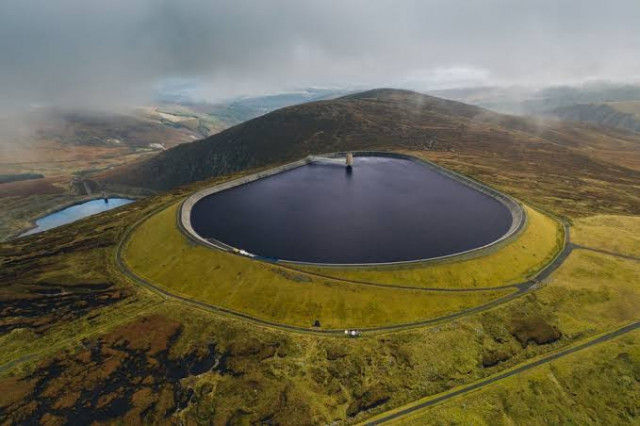How water batteries can bank energy when wind, solar fail
While many states look for renewable sources, pumped hydro storage can bank electricity better than solar and wind

Pumped storage hydropower has been in use for decades, but it's only recently that climate crisis is prompting a renewed interest in how power can be generated from renewable resources, wind and solar, placing a surmountable pressure on the industry. While expensive giant versions of the lithium-ion batteries are being deployed to store the intermittent output, it has yet to be commercialised and made more easily accessible.
Pumped hydropower storage has, in comparison, already arrived supplying almost 90% of grid storage. It banks excess electricity when demand is low, particularly during the night, storing it as gravitational potential energy in the summit lake. Leading the world in renewable energy, China leads in pumped storage, with 66 new plants under construction, according to Global Energy Monitor.
The Fengning plant near Beijing currently under construction, is set to become the world's largest with 12 turbines that can generate 3600 megawatts, and energy storage, with nearly 40,000 megawatt-hours in its upper reservoir. Andrew Blakers of Australian National University, a solar-cell pioneer who has become an influential pumped storage evangelist, believes that regions don't need to be blessed with geography to construct pumped storage. In fact, he and his team have evaluated and outlined one million sites across all continents suitable for construction.
It's not only that these projects will impact the environment and land where constructed, these plants are also quite expensive to build with uncertainty around its turnover. The demand for electricity has increased in the past years, and is fluctuating with day, time and season, and a way to combat a sudden increase in demand is pumped storage, instead of relying on non-renewable energy resources to fill the demand gap.
Pumped hydropower, uses electricity to pump water from a low-lying reservoir into a higher one, so that when power is needed the water can flow back down and spin a turbine. The flow rate and the elevation difference will determine the power output, and the volume of the upper reservoir will determines how much energy is stored.
Currently lithium-ion batteries are filling the need for energy storage especially as demand fluctuates between seasons.
However, while the pumped electricity storage sounds more beneficial and advanced to meet Carbon-free emission goals, it has conflicts with disputed land which is soon marked by degradation and the environmental impact it causes. Additionally, the exaggerated investment required hinders not only private companies but governments as well.
Tennessee Valley Authority (TVA), despite these challenges, has repurposed pumped storage for the era of renewables and get a new plant built. The self-financing, vertically integrated utility responsible for delivering power to 10 million people in the Tennessee Valley, can capture the benefits of pumped storage regardless of whether the market knows how to price them. Tennessee’s Raccoon Mountain has been turned into one of the world’s largest energy storage devices—in effect, a battery that can power a medium-size city.


















COMMENTS
Comments are moderated and generally will be posted if they are on-topic and not abusive.
For more information, please see our Comments FAQ